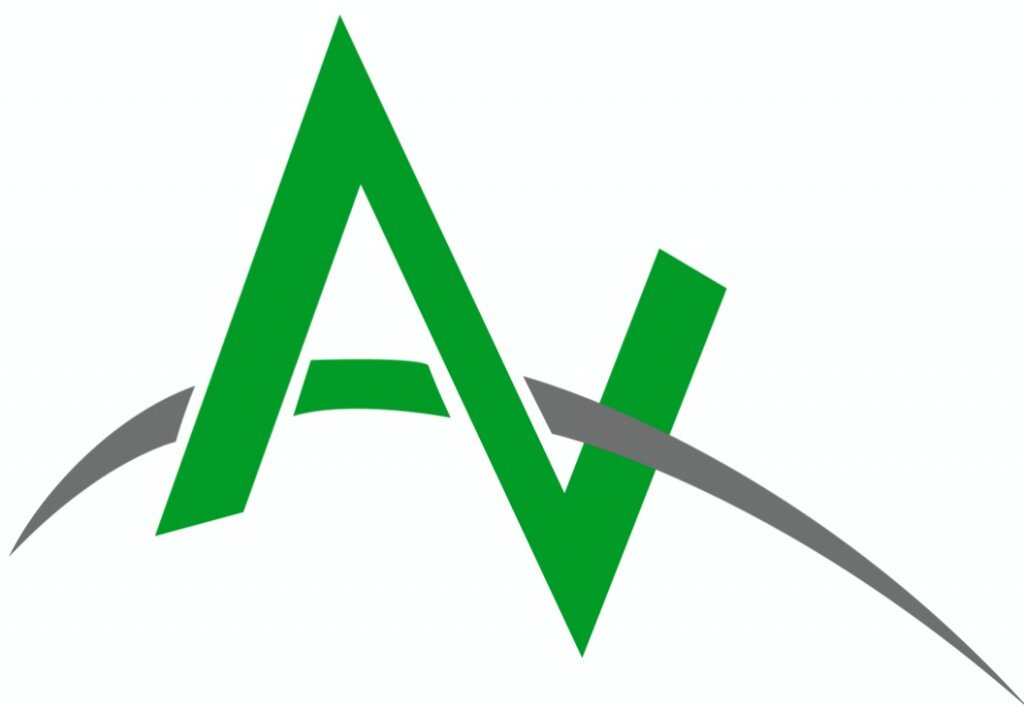Twitter Dumps LinkedIn, Millions Rejoice
I joined LinkedIn in May 2006, user No. 5,796,753.
In the early days, before I was on Facebook (which hadn't even opened to the general public yet), when Twitter was still Twttr, I used LinkedIn to reconnect to former work colleagues around the country, having hopped from state to state as a journalist over two decades.In December 2008, when I was laid off from my newspaper job, it became an indispensable tool. Jobs came to me through LinkedIn, as I answered questions and commented in groups. I met new people and had great conversations.Then, one day, LinkedIn started allowing people to import their Twitter accounts. There were two ways of doing it: You could import all tweets, or you could set up Selective Tweets, just like you could on Facebook. Just adding #in to the end of any Tweet would allow it to show up on your LinkedIn status.Having to take that extra step, however, proved too difficult for most, and many people went the lazy route, importing their entire Twitter streams to LinkedIn.Now, when you'd go to the pre-eminent business social network, you'd be greeted with a never-ending, constantly updating stream of Tweets, most of which had nothing to do with anything you'd come to LinkedIn to read about.Foursquare updates. GetGlue check-ins. Replies of "lol" and "Thanks!" and emoticons. Comments that were borderline appropriate on Twitter, but completely out of place on LinkedIn.People began complaining about LinkedIn, and how they got nothing out of it. "Why does anyone go there?" People would ask. If they hadn't found the platform useful before the influx of Tweets, it was easy to see how they'd have trouble getting into it if they visited it and were faced with the same stream of updates they saw everywhere else (my diatribe against automatically connecting Twitter and Facebook is for another day).I kept using LinkedIn, still finding it a great place to connect with people in a professional context. The recent addition of curated (and active communities such as Connect: Professional Women's Network, which is sponsored by Citi, ramped things up a bit.I'd noticed that the number of times my profile had been viewed by other users had been slowly going up recently as I'd become more active in Questions again and LinkedIn had improved user experience.Then, the other day, Twitter decided it didn't get any value from LinkedIn. It revoked its API access, allowing LinkedIn status updates to be sent to Twitter, but not the other way around.I'd tweeted entreaties over the years for people to disconnect the two accounts, and when I read the email from LinkedIn with the news, I didn't care why it had happened, I was just ready to do a jig in celebration. I actually squealed with delight. True story.Nothing prepared me, however, for what happened next.I posted an update on my profile expressing my delight at the change. One comment came. Then another. Then another.I was getting comments from person after person - most of whom I didn't even know and wasn't connected to. As of this posting, I have 93 likes and 18 comments (including my own). I don't even remember the last time I had a half-dozen likes and more than one or two comments. And have rarely had that much interaction on my posts.That activity says two things to me: Posting updates on LinkedIn is about to get a lot more valuable, because people will see them and maybe even click through. And I'm not the only one who's thrilled about the change.If Twitter changes its mind, we can only hope LinkedIn will say thanks, but no thanks.Photo by SJ Photography via Flickr Creative Commons.
